Behind the Mississauga Marathon’s Announced September 18 Start Date
It was announced yesterday that the Mississauga Marathon, originally scheduled for May 1-3, has been postponed to September 18-20. The Canada Army Run is scheduled that same weekend. The Boston Marathon has been rescheduled to September 14 and the Chicago Marathon is October 11. Suddenly, the fall race season is beginning to take shape. Ben Kaplan spoke with Ryan Coles, the co-event director of the Mississauga Marathon, to get the story.
iRun: How’d you get your date worked out?
RC: We were working very closely with the City of Mississauga staff as they researched the extensive event activity already scheduled in the fall and what dates could possibly be available, also keeping in mind road construction work planned and clearly all the guidance from health experts working with the city.
iRun: How was that process?
RC: When our event was postponed in March, we were initially looking at an early July date, but as the corona virus pandemic grew, we quickly deferred to a fall date. We essentially had to wait on the best possible information and determine from there our ideal dates, and then plan out from that.
iRun: What were some things to take into account?
RC: It came down to the only September weekend that was available on the City of Mississauga event planning schedule. We were pleased that we were able to have a few weeks separation from the Scotiabank Waterfront Marathon being held on October 18. We are close friends with the event organizers and having a month separating us is perfect for everyone.
iRun: Race social distancing, nice. I think you just might be the first race in Ontario since the Chilly Half.
RC: I think it might be, that would be excellent. We are very proud of our Mississauga Marathon and I know the running community will be excited to start back up with us. Our thinking was just: let’s give people some hope, let’s announce a new date that runners can look forward to. I think it’s something that everyone wants.
iRun: Are you nervous that it’s going to be postponed again?
RC: I wouldn’t say were nervous. Everyone is stuck indoors. People are training, but it’s hard without any start dates. I think we’re most excited to give people some hope right now. We’re excited to bring racing back. If the health experts and City of Mississauga believe in the best interests of everyone that the event should be postponed again, we will be totally supportive of that decision .
iRun: What safety precautions will need to be in place?
RC: Certainly we’re looking at changing up the format of our Expo, and to staggered start times within each individual race distance—we don’t want everybody to start at the same time. Also, there’s going to be more hand washing and sanitation stations, and we want to make sure our volunteers are safe, so there will be things like masks and gloves. We are just planning all of that now and we will be prepared .
iRun: Good on you.
We think if we can get this show moving and keep it safe for everyone, people are really going to be craving a running event in the fall and that’s what we’re hoping to do for people.
iRun: What distances do you have?
RC: Full, half, 10K, 5K, 2K, and also a marathon relay and a 10K relay.
iRun: And are things the same? Will your marathon still count as a Boston Marathon qualifying event?
RC: The course might be a little different. We might have to adjust the start line, but the marathon course will still count as a BQ, for sure.
iRun: You might end up with a million runners. What’s the biggest your event has ever been?
RC: Over 14,000 people, a few years ago. For the last few years, we were closer to 8,000 runners, but we had encouraging numbers before the COVID-19 outbreak and we were tracking to be up over 30 %, so we’re excited to get back to it and continue the momentum.

iRun: I feel like every runner I know is going to be here. What are the chances this actually runs?
RC: I don’t know if I can answer that. It really depends on the how the City , the province and the country monitor the situation each and every day. As we hear every day, the health experts and the scientists will make that call in step with our government officials. But we really want to give runners hope and we’re going to keep pushing and working away and if the situation doesn’t allow us to hold our event, we will accept and understand that decision but as of now, that has yet to be determined. We are excited to get going and put in the work and let runner’s run.
iRun: There’s been lots of controversy about refunds with the postponements and cancellations. What’s your policy with that?
RC: Anyone who had an existing registration is automatically in for the fall, as well as our virtual event which begins May 1. And we’re also offering a deferral to 2021 for anyone who can’t make our new fall date (and those runners can also take part in our spring virtual run).
iRun: Well, man. I wish you the best of luck. This kind of made my day.
RC: That’s good to hear. That was entirely our point.
Photographs courtesy of FinisherPix.







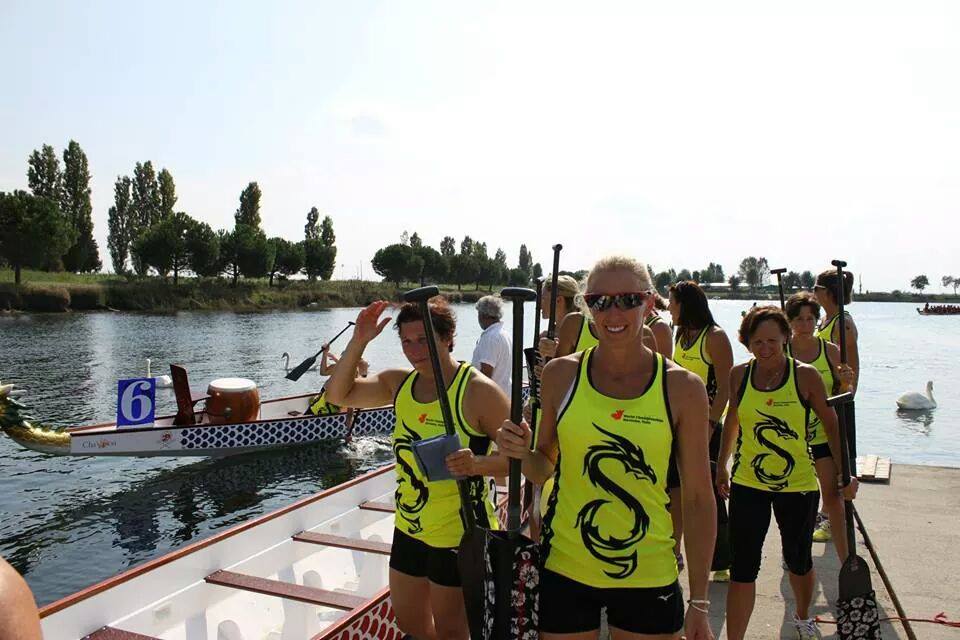

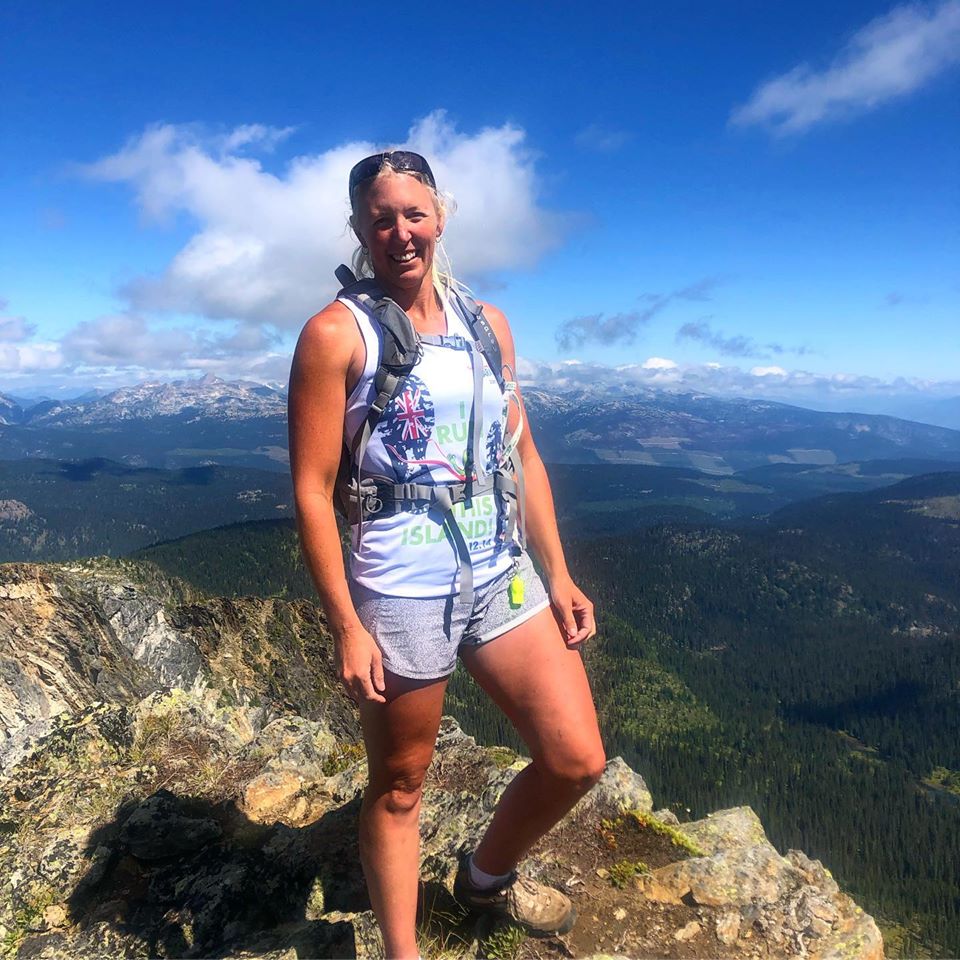


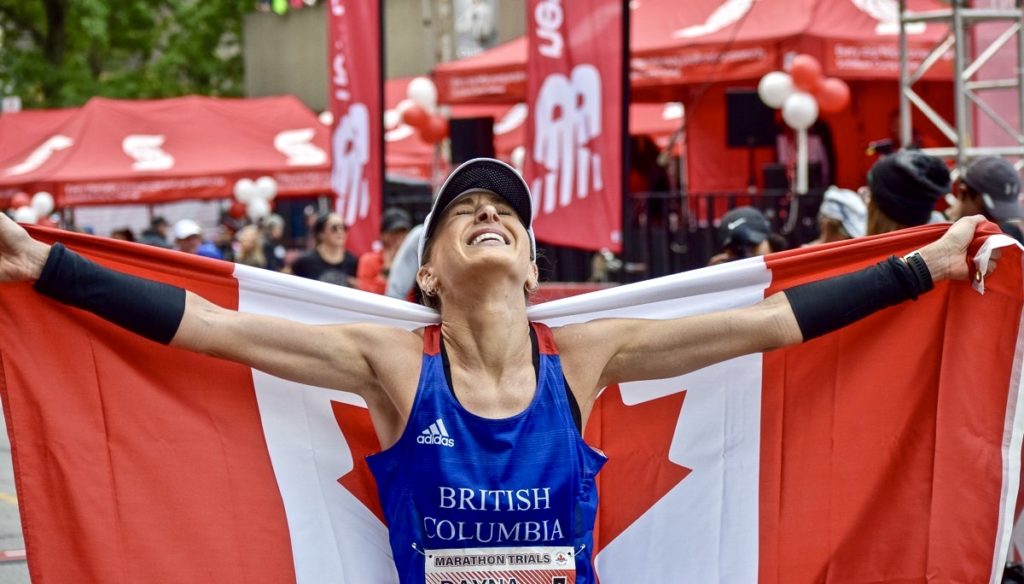



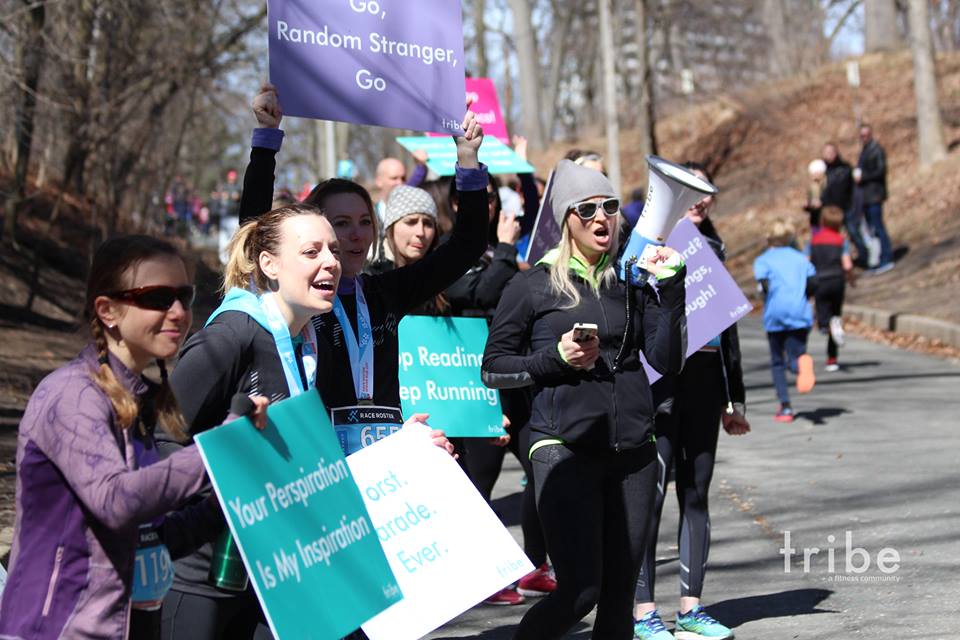
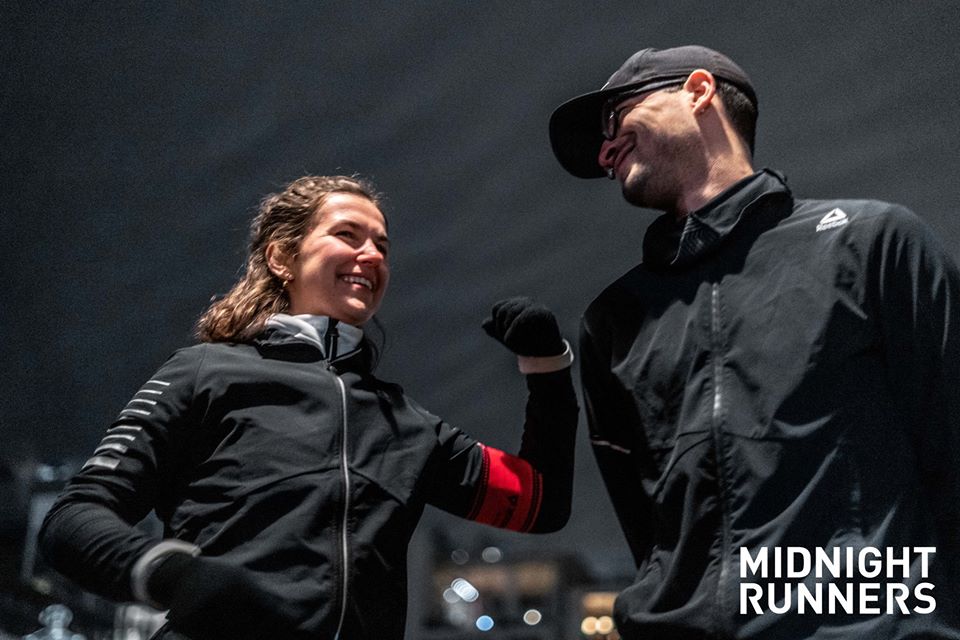

 Our Magazine
Our Magazine
